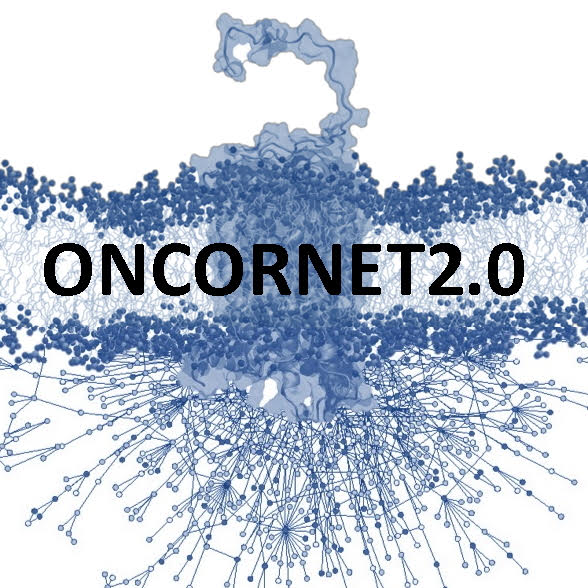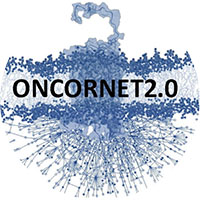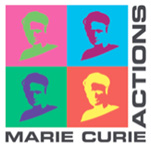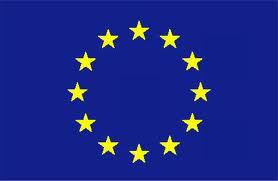Functional consequences phosphorylation barcoding/oligomerization CXCR4 and ACKR3
Early stage researcher 10 (ESR10) project
Supervision: Prof. Dr. Martine Smit, Dr. Marco Siderius
Host: Vrije Universiteit Amsterdam
I – Project proposal:
Aim:
- Determine functional consequences of CXCR4/ACKR3 barcoding/oligomerization in signalling.
- Examine CXCR4/ACKR3 barcoding/dimer mutants using CRISPR/CAS.
- Characterisation multimeric CXCR4/ACKR3/RTK nanobodies.
Methodology:
Functional consequences of CXCR4/ACKR3 barcoding/oligomerization will be assessed using a range of established reporter gene assays, multiplex secretome analysis, high content imaging and oncogenic assays. CRISPR/CAS will be used to generate mutant and knock out cancer cell lines. Multivalent nanobodies will be used to modulate receptor complexes and signaling and effects assessed using ELISA, immunofluorescence, close proximity assays and (oncogenic) signaling assays.
Planned secondments:
QVQ Holding BV (Dr. Raimond Heukers)
Universitätsklinikum Jena (Prof. Carsten Hoffmann)
II – Requirement candidate:
Required diploma: MSc in molecular/biomedical Life Sciences, pharmaceutical sciences or related Life-Science degree.
Required expertise: biochemistry and molecular biology (DNA and protein level), cell culture, cellular signaling.
Recommended expertise: molecular cloning, biochemistry, SDS-PAGE, ELISA, FACS, cell based assays, fluorescence microscopy.
Key publications:
- De Groof TWM, et al, Smit MJ (2019) Nanobodies: New avenues for imaging, stabilizing and modulating GPCRs. Mol Cell Endocrinol. 484:15-24.
- Bobkov V et al, Heukers R. Smit MJ (2018) Nanobody-Fc constructs targeting chemokine receptor CXCR4 potently inhibit signaling and CXCR4-mediated HIV-entry and induce antibody effector functions. Biochem Pharmacol. 158:413-424.
- Heukers R, et al, Smit MJ (2018) The constitutive activity of the virally encoded chemokine receptor US28 accelerates glioblastoma growth. Oncogene 37:4110-4121.
- Maussang D, et al, Smit MJ (2013) Llama-derived single variable domains (Nanobodies) directed against CXCR7 reduce head and neck cancer cell growth in vivo. J Biol Chem 288:29562-72 and CXCR7 nanobody patent (WO2011117423 A1).
- Jähnichen S, et al, Smit MJ (2010) CXCR4 nanobodies (VHH-based single variable domains) potently inhibit chemotaxis and HIV-1 replication and mobilize stem cells. Proc Natl Acad Sci U S A. 107:20565-70.
For more information:
Prof. Dr. Martine Smit – mj.smit@vu.nl
Dr. Marco Siderius – m.siderius@vu.nl
Application:
Follow us on
Contact details
Please contact us at:
e.v.langemeijer@vu.nl
ONCORNET Coordinator
Vrije Universiteit Amsterdam




